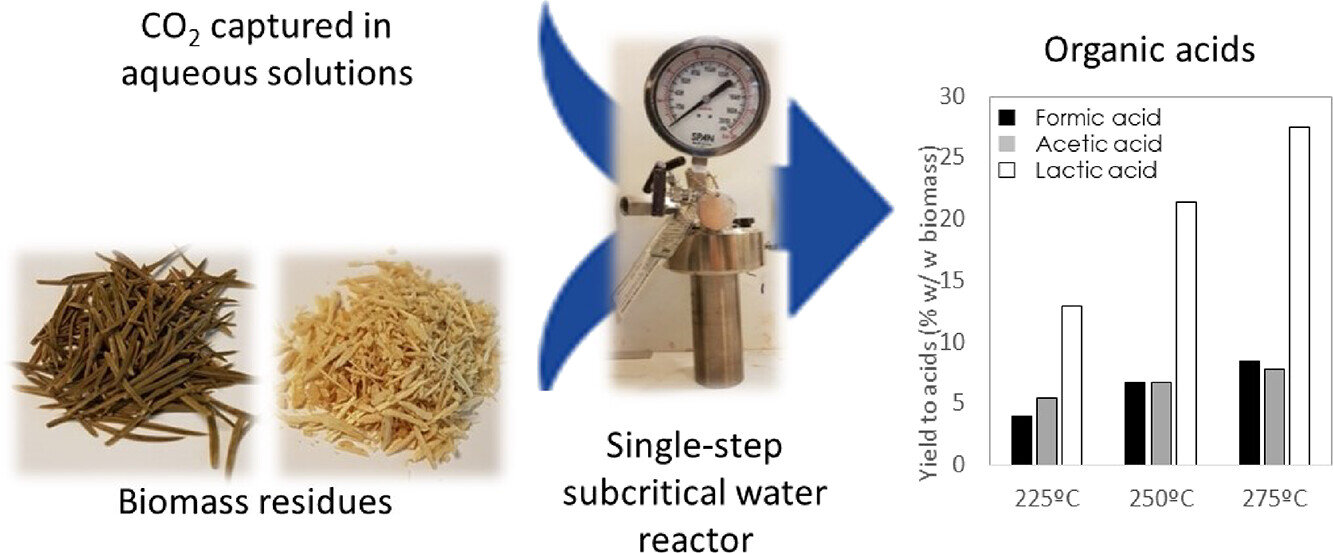Old trees could become renewable fuels this Christmas
Date: 30.12.2022
A new paper, published in the ACS Sustainable Chemistry & Engineering journal, found that pine needles could be used to produce renewable fuels and value-added chemicals, such as preservatives used in agriculture, using only water as a solvent.
 Between 6 and 8 million real Christmas trees are sold every year in the UK, with an estimated seven million making their way to landfill at the end of the festive period. Not only is this costly, but once in landfill, each tree will release 16 kg of greenhouse gases as they decompose, producing methane gas, which is 25 times more potent than carbon dioxide (CO2).
Between 6 and 8 million real Christmas trees are sold every year in the UK, with an estimated seven million making their way to landfill at the end of the festive period. Not only is this costly, but once in landfill, each tree will release 16 kg of greenhouse gases as they decompose, producing methane gas, which is 25 times more potent than carbon dioxide (CO2).
Earlier University research from 2018 found that useful products could be made from the chemicals extracted from pine needles when processed.
Dr. McGregor, Senior Lecturer in the Department of Chemical and Biological Engineering, said, "One of the things that we do when reacting carbon dioxide to capture CO2 is to use a metal to promote the reaction. This can be inefficient and expensive, so we went back to some of the work we've done previously with pine needles, because we realized that we could potentially use these to promote turning the carbon dioxide into formic acid."
This published work demonstrates how reacting carbon dioxide and water together at high temperatures can make useful products. Maria Andérez-Fernández said, "We found that instead of the metal and the carbon dioxide reacting, we could react carbon dioxide with pine needles and water at high temperatures and a fraction of the pine needles would turn into the same product as the CO2.
Image source: Andérez-Fernández et al. (2022), ACS Sustainable Chemistry & Engineering.























